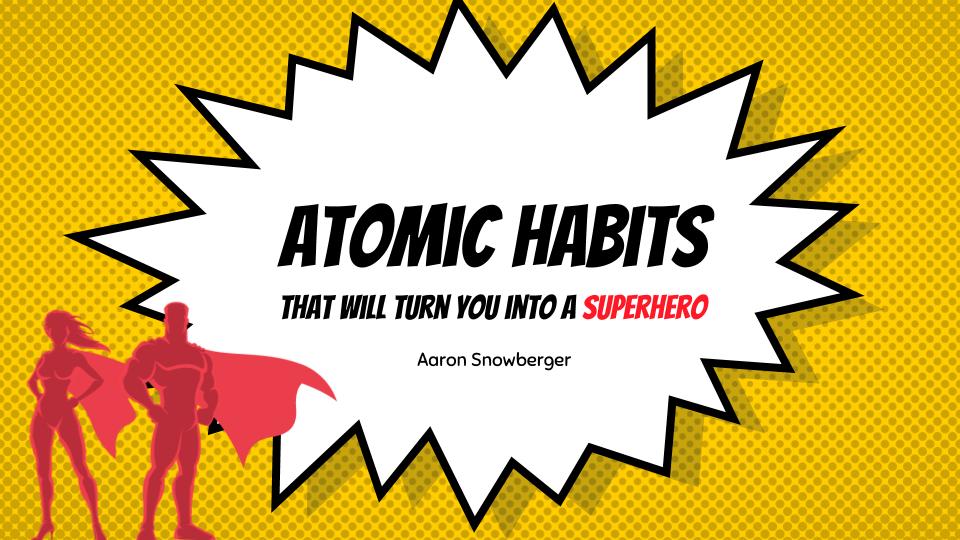Tag: goals
-
A Comprehensive Annual Review Process
Every year, I try to reflect on the previous year’s successes, failures, biggest risks taken, and biggest lessons learned. My annual review process has become quite extensive and is presented here in its entirety.
-

Atomic Habits that will turn you into a Superhero
Drawing on numerous resources, this presentation investigates what habits are, how they work, and how building the right ones into your life will turn you into a literal superhero. We’ll take a look at triggers, cravings, and rewards; the formation of good habits and the destruction of bad habits; and the top 6 High Performance…
